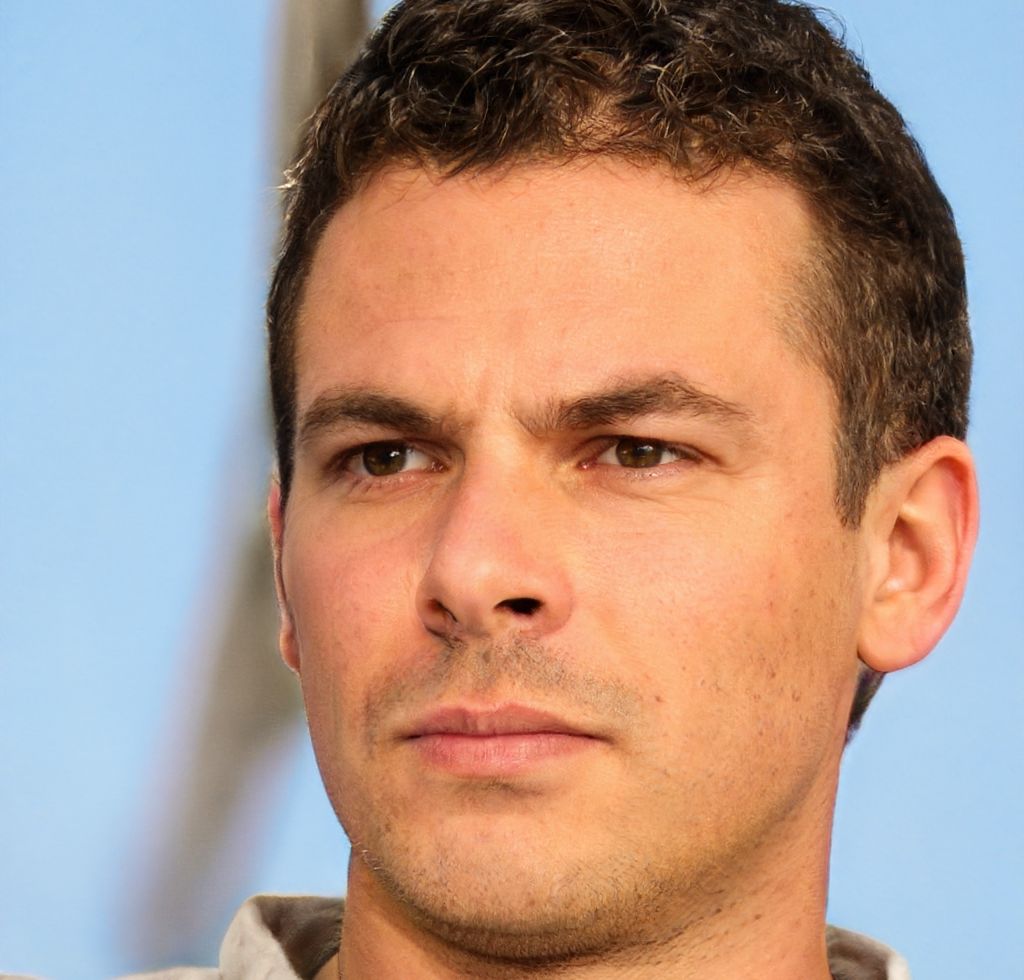How does protein synthesis take place in a cell?
Codons on mRNA are being translated into a sequence of amino acids that forms a polypeptide chain.
Protein synthesis is usually broken down into 2 parts in conventional biology: Transcription and translation.
DNA is the genetic code that stores information for synthesizing proteins. During the first stage of protein synthesis, DNA in the nucleus is copied, or transcribed, on to mRNA. The "m" in mRNA stands for messenger, because DNA doesn't leave the nucleus, and since mRNA carries informaton on the DNA strand outside the nucleus, the mRNA is a messenger. Once it has transcribed the DNA, mRNA binds to a ribosome, an organelle in the cell where translation occurs.
Amino Acids and Codons
Proteins are made of combinations of amino acids. mRNA is made up of codons, a sequence of three nucleotide bases, and each codon codes for a specific amino acid. For instance in the chart below, we can see that the codon "AAU" codes for Asp (asparagine). The tRNA can only bind asparagine there, since tRNA would not match with another anticodon on tRNA can only bind to a codon with the right bases: A (adenine) can only bind to U (uracil) and G (guanine) can only bind to C (cytosine).
When an mRNA codon enters the ribosome, a tRNA carries (transfers) amino acids there. See how in the image below, the tRNA with the amino acid Asp (aspartic acid)brings the amino acid, then would proceed to attach the amino acid to the existing chain, right next to Lys (lysine)?
There are lots of codons on each strand of mRNA, which will form a long chain of amino acids called a polypeptide chain, and a protein consists of one or more polypeptide chains. Therefore, in translation, Codons on mRNA are being translated into a sequence of amino acids that forms a polypeptide chain.
By signing up, you agree to our Terms of Service and Privacy Policy
Protein synthesis, the process by which a cell generates proteins, occurs in two major steps: transcription and translation. Transcription is the process of producing a complementary RNA copy (messenger RNA or mRNA) of a specific segment of DNA, using RNA polymerase. The mRNA carries the information for the sequence of amino acids in the protein. Translation is the process of decoding this mRNA sequence to build a polypeptide chain, the primary structure of the protein, with the help of ribosomes and tRNA molecules. The tRNA brings the correct amino acid corresponding to each mRNA codon. This process continues until a stop codon is reached, terminating the protein's synthesis.
By signing up, you agree to our Terms of Service and Privacy Policy
When evaluating a one-sided limit, you need to be careful when a quantity is approaching zero since its sign is different depending on which way it is approaching zero from. Let us look at some examples.
When evaluating a one-sided limit, you need to be careful when a quantity is approaching zero since its sign is different depending on which way it is approaching zero from. Let us look at some examples.
When evaluating a one-sided limit, you need to be careful when a quantity is approaching zero since its sign is different depending on which way it is approaching zero from. Let us look at some examples.
When evaluating a one-sided limit, you need to be careful when a quantity is approaching zero since its sign is different depending on which way it is approaching zero from. Let us look at some examples.
- Why do developmental scientists believe that the male sex is associated with a higher cumber of sex-linked inherited disorders?
- Why are chromosomes important to heredity?
- What are the DNA-DNA complimentary base pairing rules?
- How does protein synthesis take place in a cell?
- What forms the backbone of the DNA molecule?

- 98% accuracy study help
- Covers math, physics, chemistry, biology, and more
- Step-by-step, in-depth guides
- Readily available 24/7
 Gabriella Anderson
Gabriella Anderson Jeremiah Allen
Jeremiah Allen